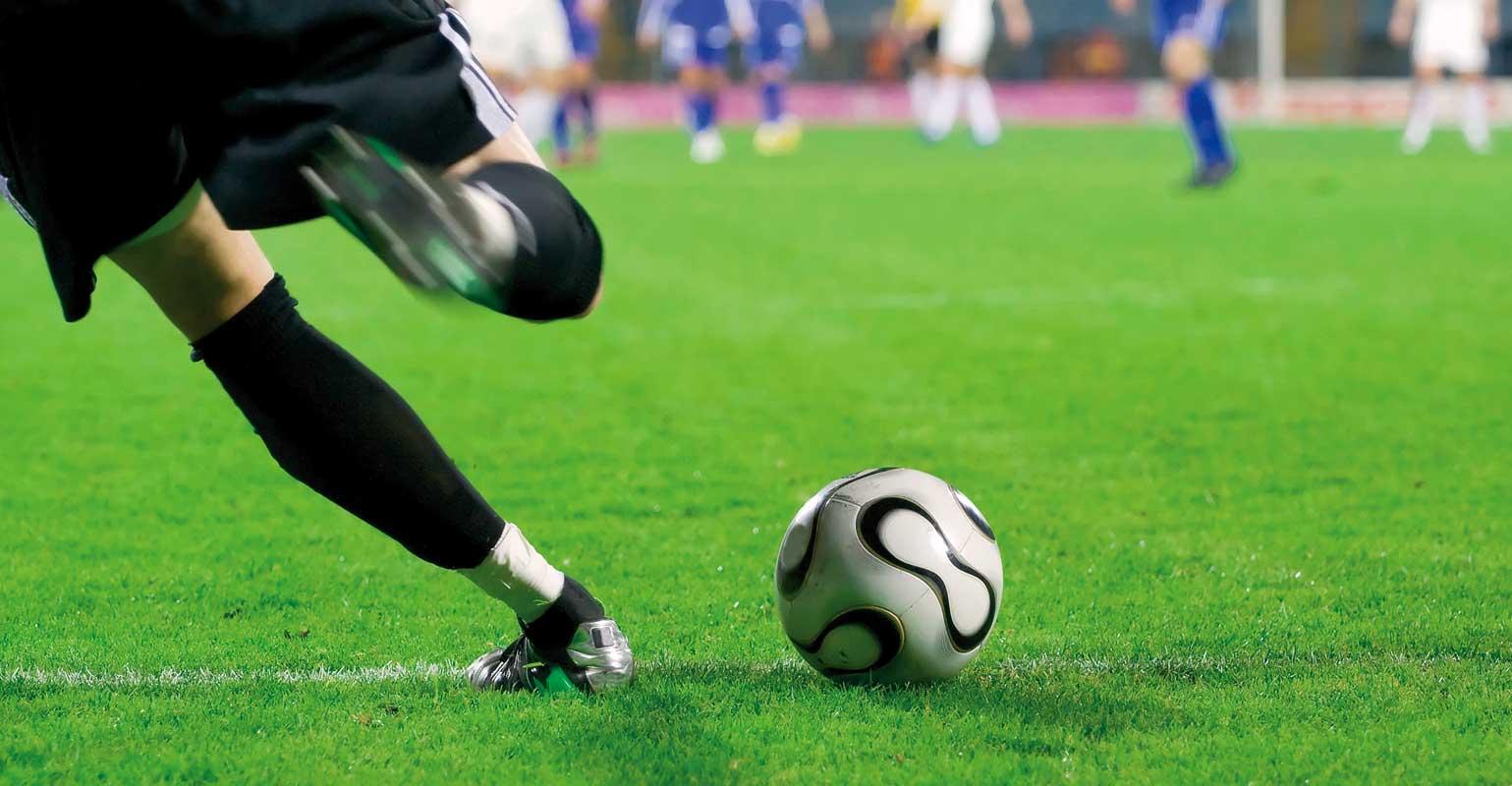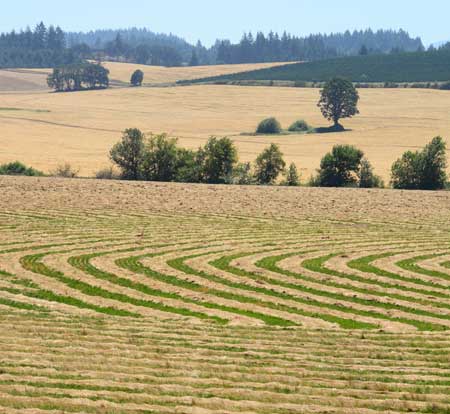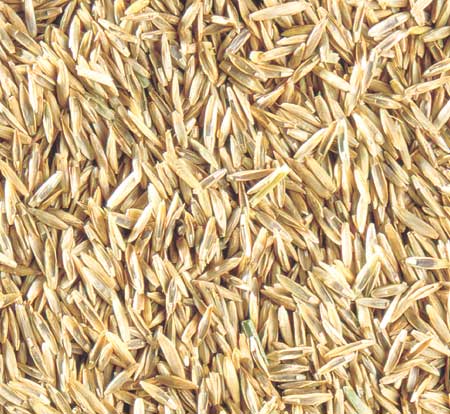No grass can equal modern Ryegrass in its ability to rapidly produce thick, handsome, durable turf. Ryegrass is the world's most widely used grass and its ability to germinate in 7-10 days (even less under ideal conditions) is legendary. A cool-season grass, Ryegrass is widely used in northern regions for permanent turf and for the overseeding of dormant turf in the southern United States. Ryegrass is preferred by homeowners because it produces a dark green turf which rapidly develops a strong root system, responds rapidly to fertilization, never needs pampering and is not subject to disease problems which plague some Kentucky bluegrasses.
Because Ryegrass does not creep, as do some grasses, it is often combined with quality fine fescues and bluegrass to produce fine turf with the advantages of genetic diversity. Ryegrass performs in a wide variety of soil types and will do well in clay or compacted areas which are not subject to heavy use. Ryegrass is especially popular for sports turf and has been used in the Rose Bowl, Los Angeles Coliseum, the Super Bowl and on many of the world's finest golf courses.




